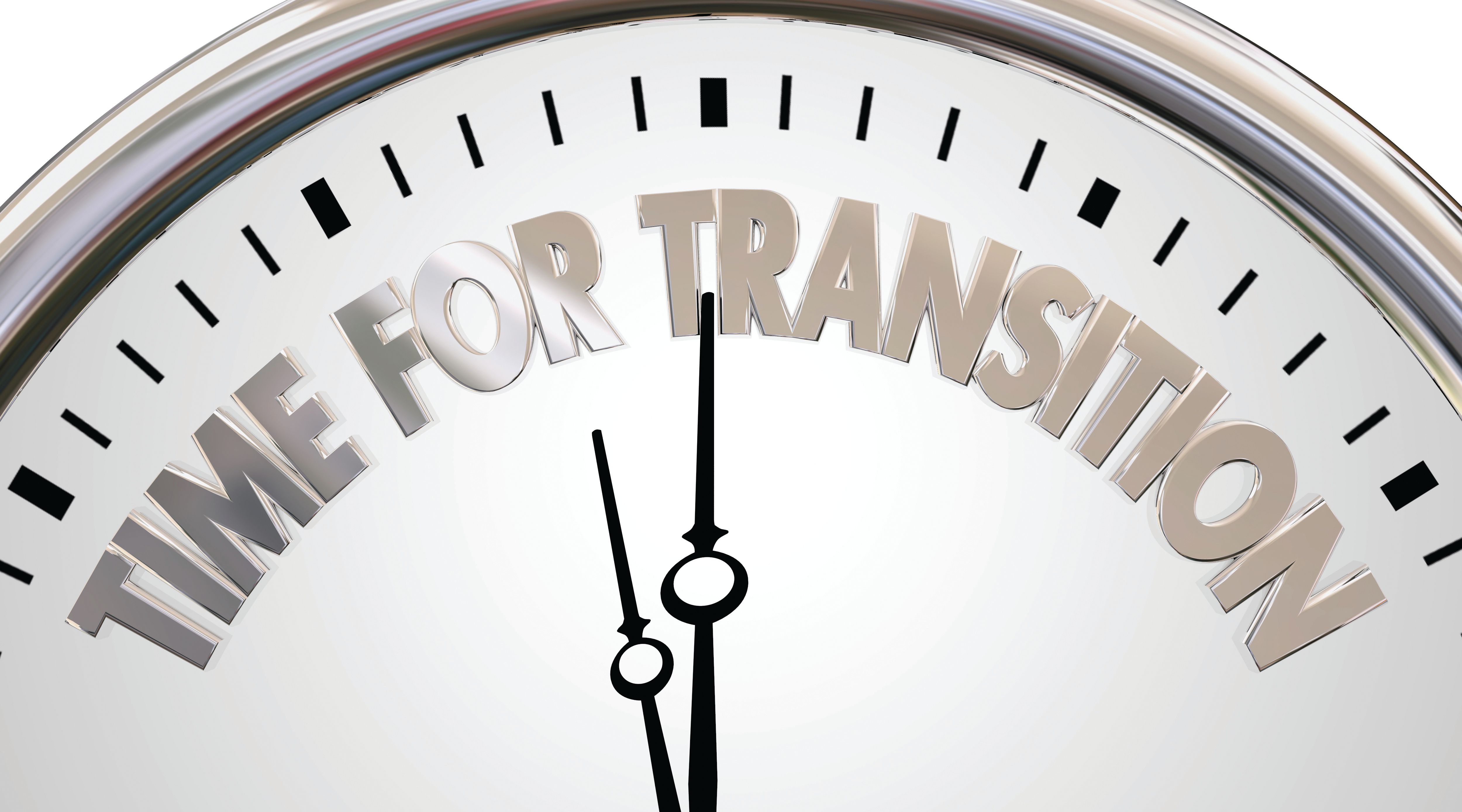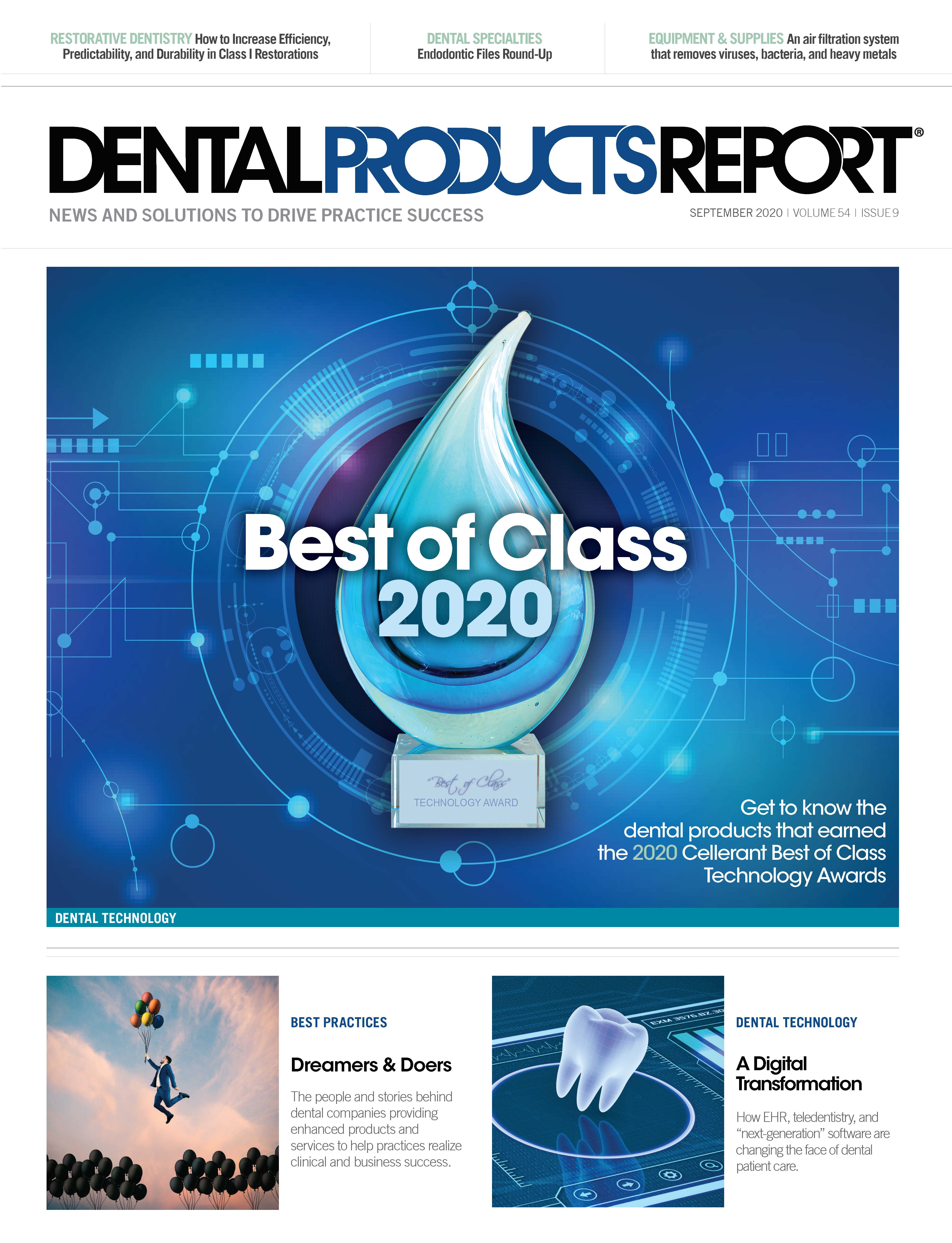Transitioning During COVID-19
A certified public accountant and certified valuation analyst outlines key factors for dental practice transitions in the midst of a pandemic.
IQONCEPT / STOCK.ADOBE.COM

Dental practices and their owners have gone through a financial and emotional nightmare during this coronavirus-induced pandemic. Revenue has dropped substantially, and there seems to be no end in sight.
Layoffs have occurred, along with salary reductions for employees and use of subcontractors still working. Fixed overhead costs remain, as do obligations for equipment loans, rent, and practice acquisition loans. That debt applied to dentists who had been expanding and experiencing income growth prior to the tragedy of COVID-19.
Now wholesale regressions in living standards are being taken on by the practices and owners’ lives and families. When the pandemic hit, dentists who were preparing their practice for transitions just before the virus struck were in a quandary about their practice’s current value. The practice evaluator was retained and the preparation of the valuation report typically was effective as of December 31, 2019. As the months progressed, more practices lost large amounts of gross revenue.
The dentists themselves also experienced drops in profits, to the point of negative earnings at many of the practices. This caused personal financial difficulty because the amount of the dentist’s pay was, in many cases, decreasing in ratios similar to the practice’s losses. Many of the brokerage firms that represented dentists were still making offers to transition the dental practice. Those interested in acquiring practices were doing so but not under traditional terms. Prior to the pandemic, almost all transitions consisted of all cash at closing or varying creative approaches to the purchase, almost always involving a substantial cash payment.
A belief that this is a time of panic for those wishing to sell their practice
Some dentists, including many older ones, panicked, thinking that this was the end of their practice value’s upward climb. Those with sound practice advisers such as dental certified public accountants, consultants, and other advisory service professionals suggested a slower pace to accept or reject offers. Taking whatever time was needed to secure the best transition approach possible was their goal.
These advisers let their dental clients know that there was no reward for an emotional sale at a rock-bottom price. Listening to the type of offer and understanding the need for creativity to transition the practice during the pandemic helped more practices advance the process. An update in the valuation was required. Indicators in the transition value model being offered were lower than the seller originally anticipated receiving. The fact that many offers did not include 100% cash at closing was another change in practice transition offerings during the pandemic. These offers were based on the buyers believing that because the sellers were panicking, they could negotiate at fire-sale prices.
The reputation of the dental practice evaluator became extremely important to all parties involved with the transaction. The dental practice advisers had to present the new valuation with the concept that there was no need to panic and the seller did not have to accept the offer, because others would appear.
The valuation presentation and the terms of the acquisition during COVID-19
Dental practice valuations with an effective date after December 31, 2019, take into account the effects of the COVID-19 but also use the practice’s history as a guideline for new value. Practice brokers may offer “earn-outs,” with the seller holding part of the sale price in a promissory note from the buyer in a secondary position, or other creative approaches to attain the transition. The valuation may reveal a discounting method to provide what the report projects in terms of the practice’s present value if the full payment is not by cash.
If it is critical to the seller that the transition occur during the virus period, then that dentist must understand that the settlement can occur only with different valuation and terms from the past. If the value stays high, it is because of the dental practice’s past performance and the potential for its repeat, as well as because the seller is under no compulsion to sell as quickly as possible because they think the market will return, at least somewhat. That occurrence will bring a significant increase in the value to the practice.
Of course, if a buyer is willing to negotiate based on the probability of a semireturn to normalcy, then the settled-upon price will be higher. The asset allocation at the transition table and the ability to assign as much as possible to the personal goodwill of the selling dentist or a similar protected deferred payment is another area where the pricing and valuation will remain on the high side. This is based on the evaluator’s allocation to the goodwill or a secured type of deferral in the current practice valuation gleaned by the practice broker.
The solo or limited number of professional dentists at the selling practice
A limited number of owners will almost always raise the value of personal goodwill. This is because the patients see few or just 1 dentist at the practice, and all the referrals will go to them. This concept creates a much easier personal goodwill allocation. The point is that a smaller practice with fewer dentists will probably suffer less and recover faster as the pandemic subsides. This, of course, assumes that the practice manages to remain open while losing substantial amounts of money during the pandemic, no matter how long that may be.
Having a current valuation to compare with the last valuation is important because it represents where the practice was and where it may return once things are normalized. Having sound and creative dental practice advisers also should help reduce the panic and ensure a more thoughtful decision about when to sell and how to structure the transaction for maximum value.

How Dentists Can Help Patients Navigate Unforeseen Dental Care
December 12th 2024Practices must equip patients with treatment information and discuss potential financing options before unexpected dental treatments become too big of an obstacle and to help them avoid the risk of more costly and invasive procedures in the future.